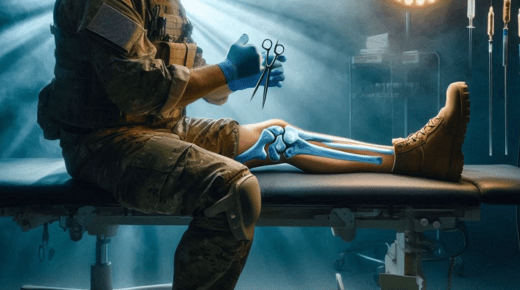Orthopedic surgery in the military gives us a unique perspective. It shows us a world where the demand is high, and the cases are complex. These challenges push the boundaries of orthopedic services Benbrook and beyond. It’s not like the typical hospital or clinic. This is a world that tests our understanding, expands our skills, and refines our approach. We learn lessons here that can help everyone. This blog will explore that strange and fascinating world.
The Challenges of Military Orthopedics
In the military, orthopedic surgeries are often a matter of urgency. There’s no time to wait. Injuries need immediate attention. And these are not simple injuries. Often, they are complex fractures or severe musculoskeletal traumas. This requires a high level of skill and expertise. It also demands creativity and adaptability. Military orthopedic surgeons have to work with what they have.
Improvements in Techniques and Approaches
These challenges have led to improvements in orthopedic techniques and approaches. Military surgeons have developed ways to treat complex injuries with remarkable success. They have pioneered techniques that are now used in civilian hospitals. For example, the use of external fixators for fractures was first developed in the military.
Benefits to Broader Community
The advances made in military orthopedics have benefits for the broader community. Techniques developed in the military are now used in civilian hospitals. This is improving outcomes for patients with complex orthopedic injuries. Moreover, the rigorous training and experience of military orthopedic surgeons make them highly sought after in the civilian sector.
Consider the following data table showing some of the innovations derived from military orthopedics:
| Innovation | Description |
| External fixators for fractures | A frame is attached to the bone with pins to hold the bone in the correct position. |
| Damage control orthopedics | A staged approach to fracture management to minimize the impact of trauma. |
| Advanced prosthetics | Highly functional artificial limbs to enhance mobility of amputees. |
As we continue to explore the unique perspective of military orthopedics, we gain insights that can help us all. Whether it’s the advanced training methods, the innovative surgical techniques, or the improved patient outcomes, we can all learn and benefit from these experiences.
So let’s take the time to appreciate the challenges and successes of military orthopedics. And let’s use this knowledge to improve orthopedic services, not just in Benbrook, but everywhere.




